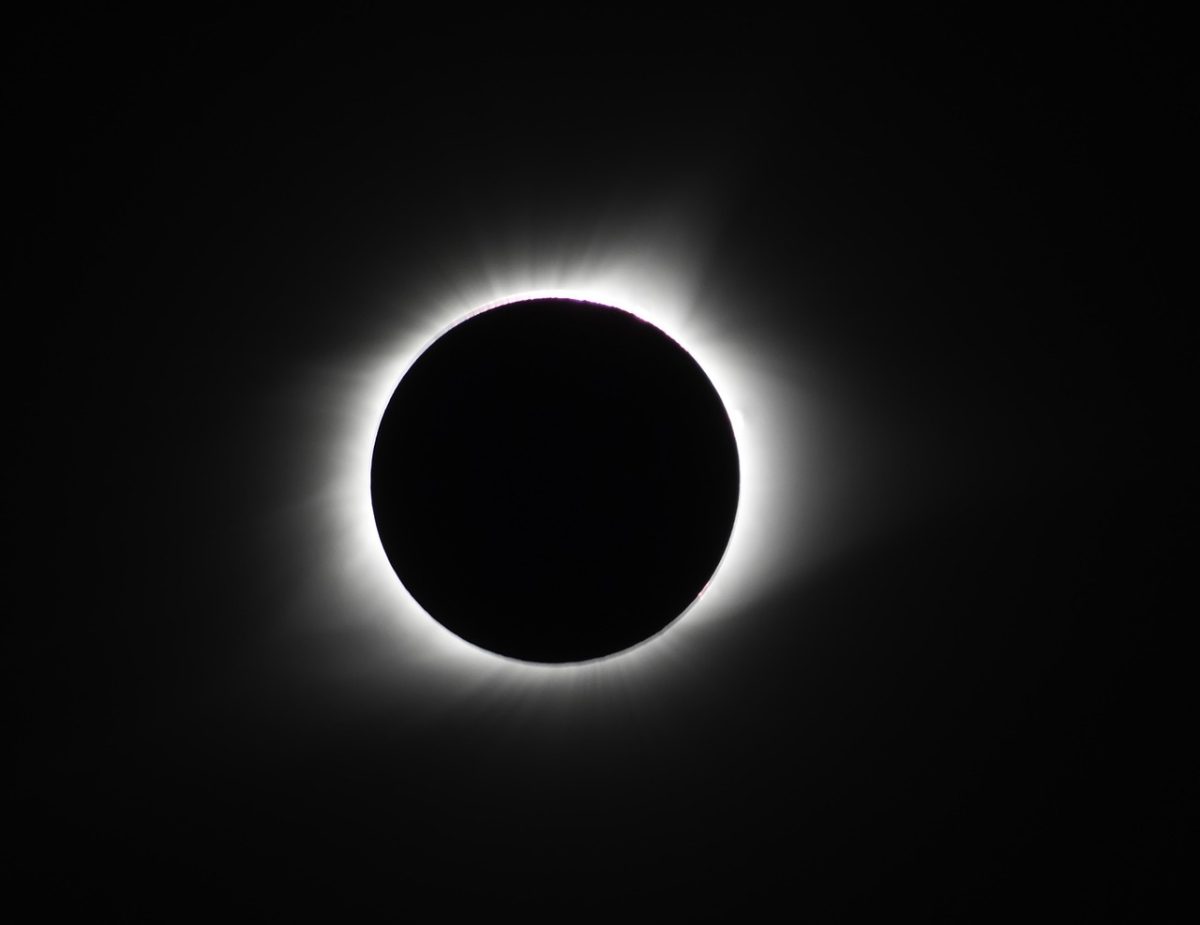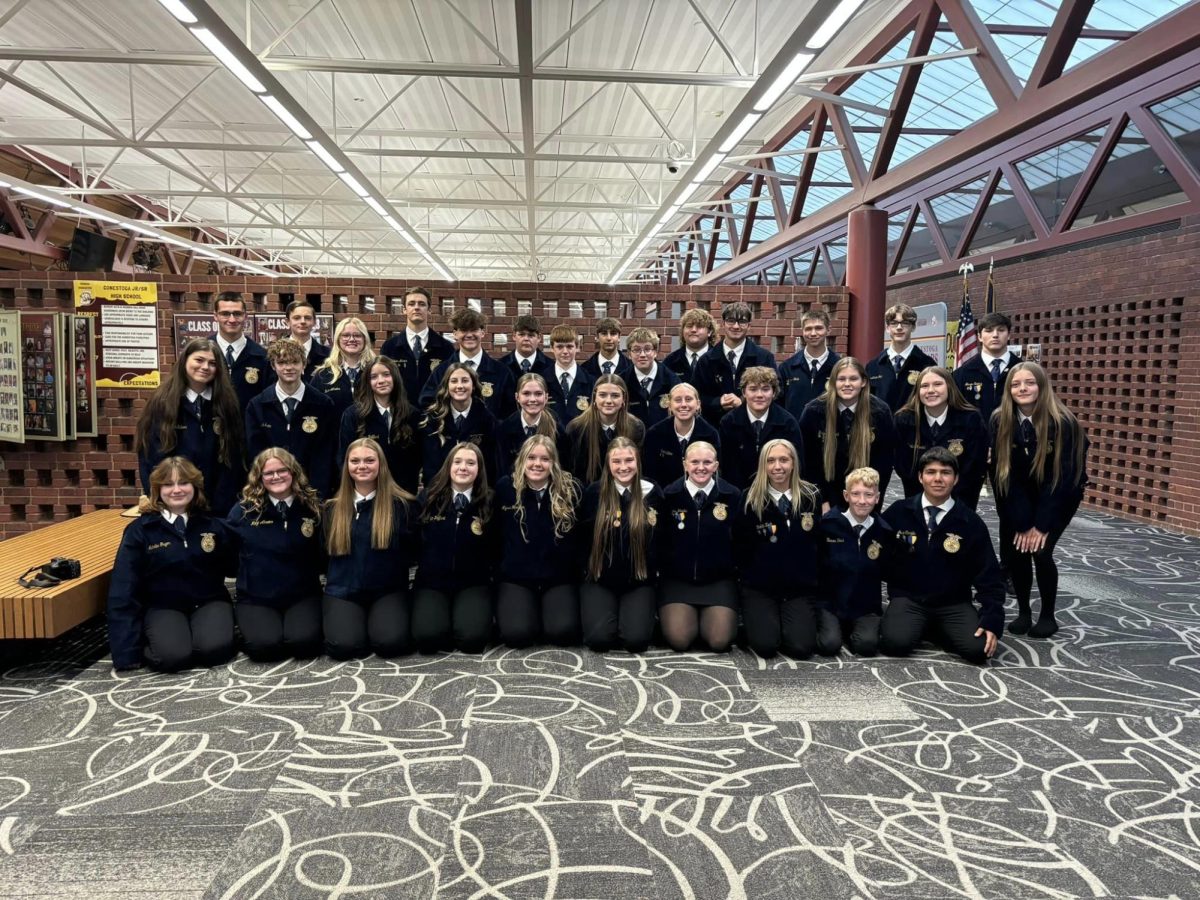Murray, NEB- This year on April 8 there will be a total solar eclipse. The last total eclipse was in August of 2017 and the next one will not be seen by the U.S. until 2044. This eclipse will be completely visible in Texas, Oklahoma, Arkansas, Missouri, Tennessee, Kentucky,Illinois, Indiana, Ohio, Michigan, Pennsylvania, New York, Vermont, New Hampshire and Maine. Eastern Nebraska will experience about 75-80% of the eclipse.
The risk of viewing a solar eclipse without proper protection is retinal damage that can be temporary or permanent. The eclipse can burn the retina and cause blind spots in your vision. To view a solar eclipse it is safest to use special solar eclipse glasses, which are thousands of times darker than regular sunglasses. If you do not have access to those, sunglasses can give you some protection but eye damage is much more likely.
Animals have been seen to exhibit different behaviors during cosmic events. The darkening of the sky and the cooling air gives signals that it is nighttime. Nocturnal animals may emerge from hiding and begin they’re nightly routine. Diurnal animals may settle into bed for the night. In zoos animals have been seen doing odd things like huddling together or traveling to the entrance of their enclosure. It is not just wild animals that are impacted by the lack of sunlight, but also pets. Animals, especially dogs, that get anxious during storms may associate the darkness with poor weather. No need to worry about getting your dog or cat sunglasses for the upcoming eclipse, as eye damage is very unlikely for animals, but you may want to keep an eye on your furry friend and keep them in a safe, comfortable space.
















